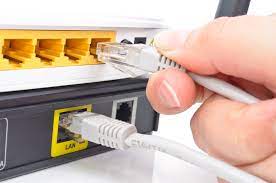In the dynamic world of electronics and networking, switches stand as unsung heroes, silently playing a crucial role in managing connections, enabling seamless communication, and contributing to the efficiency of various technological systems. In this blog, what is a switch to unravel the mysteries of switches, exploring their fundamental functions, diverse applications, and the impact they have on our interconnected world.
The Basics of Switches:
At its core, a switch is a control device that allows or interrupts the flow of signals within an electrical circuit. Picture it as a gateway, determining whether the path for electrical current should be open or closed. This simple concept forms the foundation for a wide array of applications, ranging from everyday light switches to complex network switches powering the internet.
Types of Switches:
Switches come in various forms, each tailored to specific needs. Mechanical switches, like the ones found in traditional light fixtures, physically open or close a circuit. On the other hand, electronic switches, such as transistors, operate using semiconductors, allowing for faster and more precise control. Understanding the differences between these types is key to grasping the versatility of switches across different technologies.
Networking Switches:
In the realm of networking, switches play a pivotal role in directing data traffic. Network switches, often found in offices and data centers, efficiently route information between connected devices. Unlike traditional hubs that broadcast data to all devices, switches intelligently forward data only to the device that needs it, optimizing network performance and reducing congestion.
The Switch’s Journey Through Technology:
As technology advances, switches continue to evolve. From the rise of smart switches in homes that can be controlled remotely to complex matrix switches in audio-visual systems, the adaptability of switches showcases their importance in our ever-connected lives. As we integrate more devices into the Internet of Things (IoT), switches become the silent conductors orchestrating the symphony of interconnected technologies.
Switches in Control Systems:
Beyond basic applications, switches are integral to control systems. Whether it’s an emergency stop button in industrial machinery or a sensor-triggered switch in a smart home, these devices are designed.
